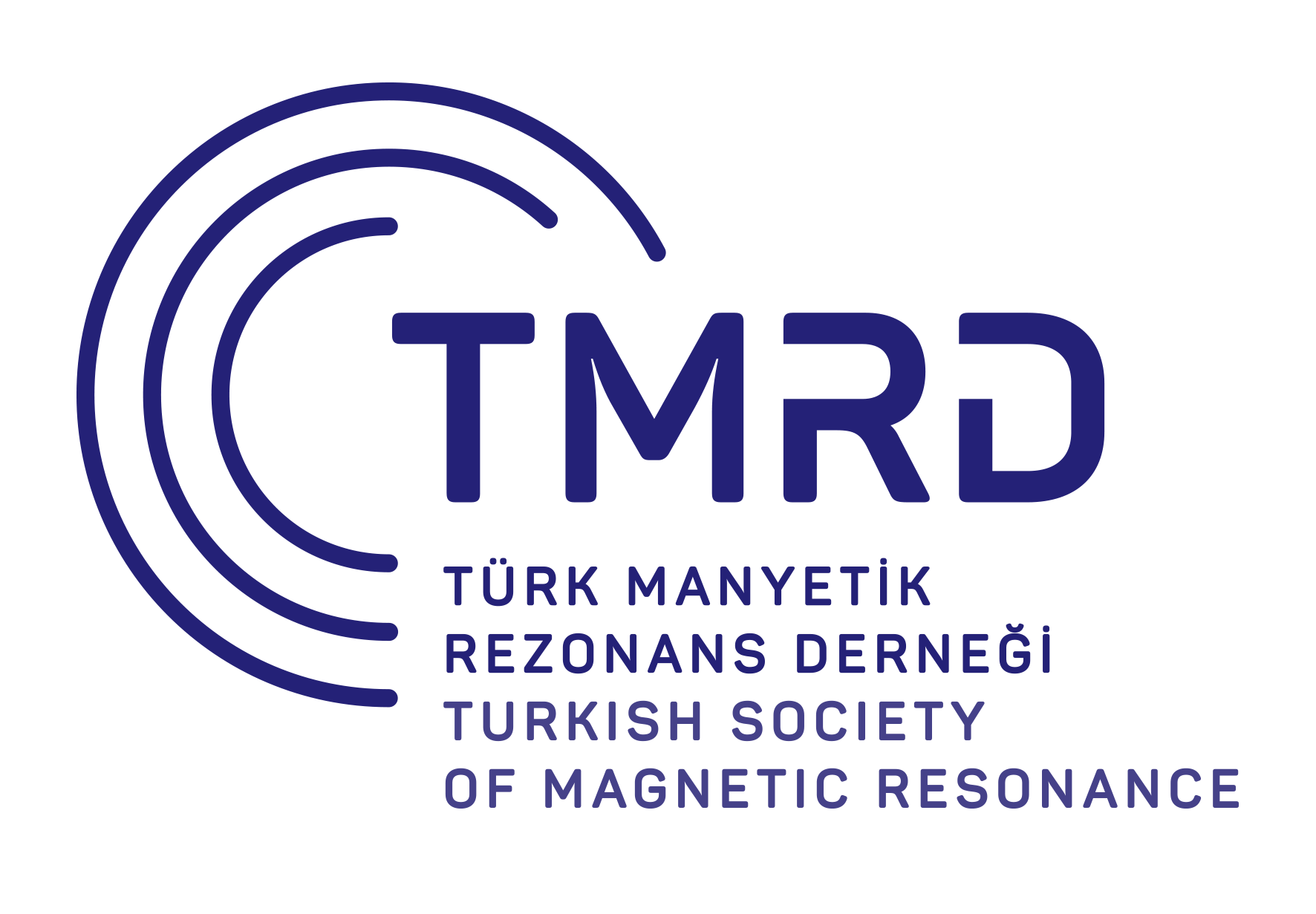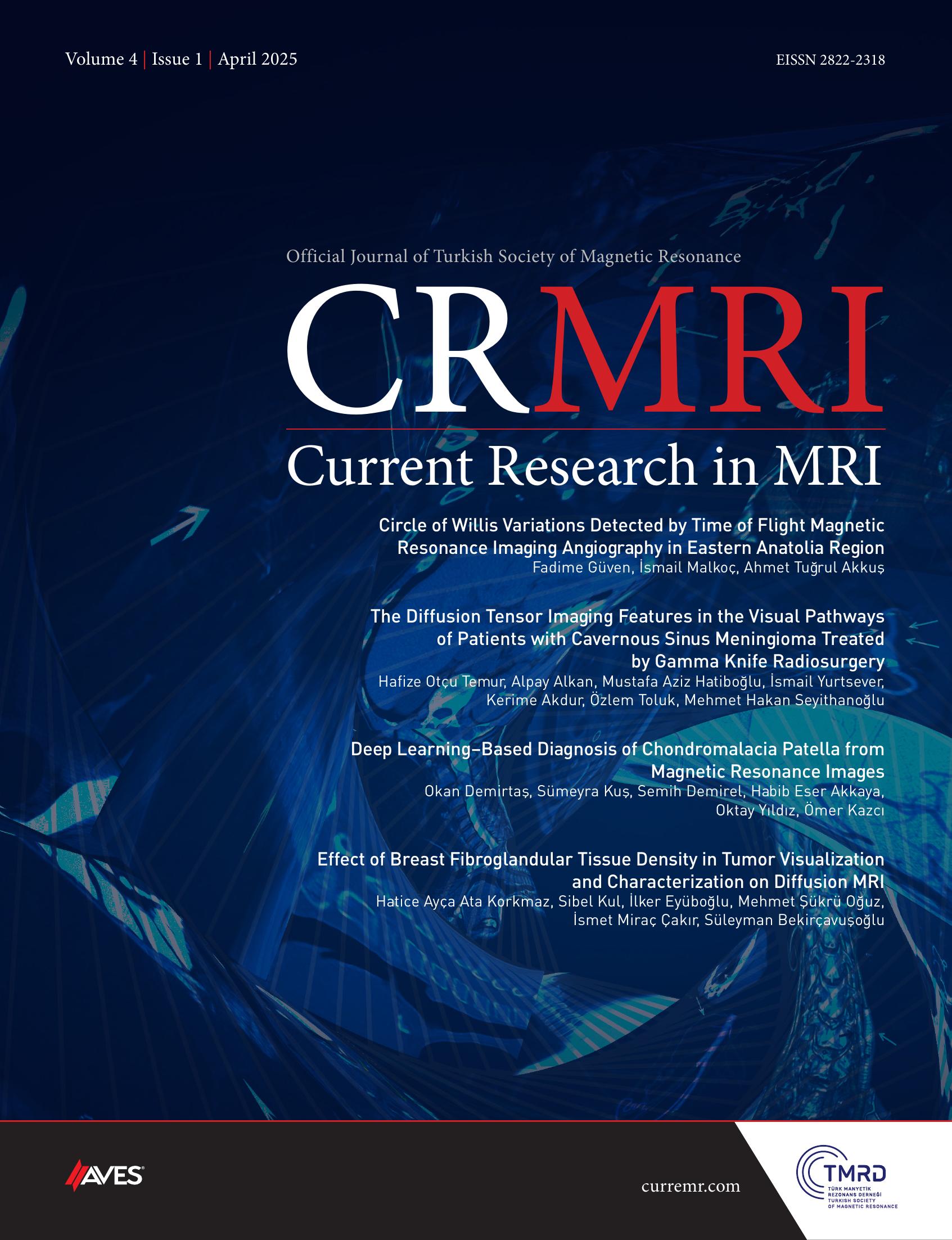Objective: The aim was to examine the efficacy of multiparametric magnetic resonance imaging (mp-MRI) in the histological differentiation of germ cell neo- plasia in situ (GCNIS)-related testicular germ cell tumors (TGCTs).
Methods: We retrospectively included 58 patients with histologically proven GCNIS-related TGCTs, who underwent mp-MRI between November 2019 and June 2022. The signal characteristics of the tumors on T2-weighted imaging were recorded. The mean apparent diffusion coefficient (ADC) values were calcu- lated. Time signal intensity curves were generated, and semiquantitative parameters were calculated. The presence of a septal enhancement pattern within the tumor was noted. Receiver operating characteristic curve analysis was performed to assess the diagnostic performance of the parameters.
Results: Histopathological examination revealed that 24 of the cases were seminomas, and 10 were non-seminomatous GCT (NSGCTs). The incidence of hypointense signals was notably higher for seminomas (P < .001). The mean ADC values of the seminomas were lower than NSGCTs (0.645 ± 0.11 and 0.879 ± 0.061, respectively, P < .001). The optimal ADC cutoff value was 0.779 × 10−3 mm2/s. No differences were observed between the 2 groups for semiquantitative parameters (P = .16-.83). However, the septal enhancement pattern was more frequent in seminomas (P = .002).
Conclusion: Values of ADC measured in mp-MRI can be used as a reliable preoperative method in the histological differentiation of GCNIS-related TGCTs. Also, the septal enhancement pattern can be helpful in distinguishing between seminoma and NSGCT.
Cite this article as: Aslan S, Eryürük U, Oğuz U, Çakır İM. The role of multiparametric scrotal Magnetic Resonance Imaging in the histological differentiation of germ cell neoplasia insitu-related testicular germ cell tumors: Can seminomatous and mixed-non-seminomatous germ cell tumors be separated? Current Research in MRI 2023;2(3):63-69.



.png)
